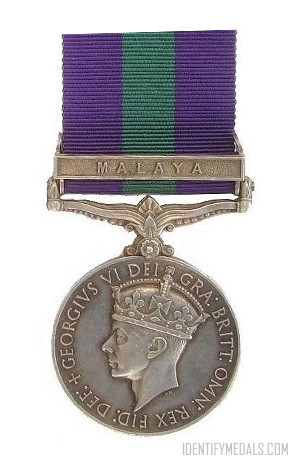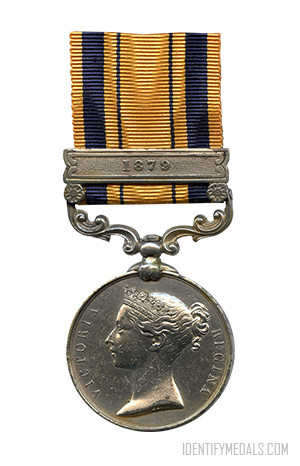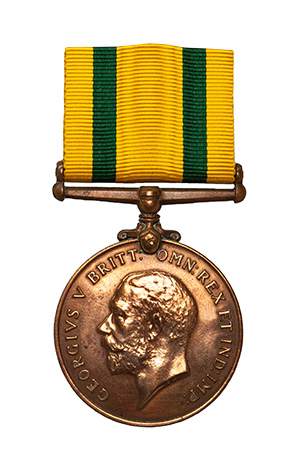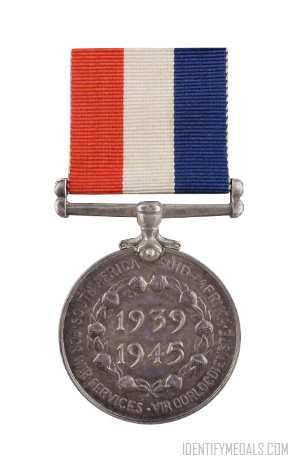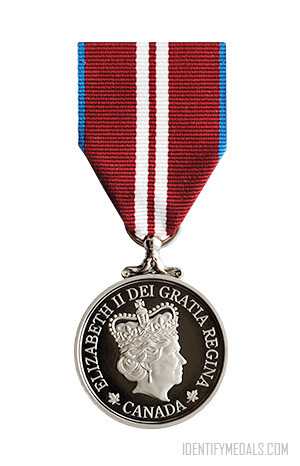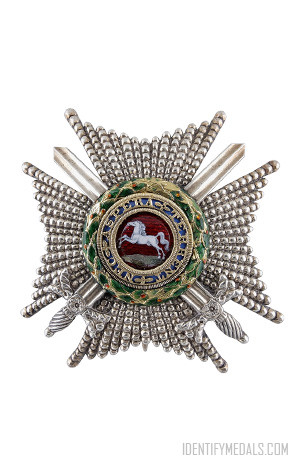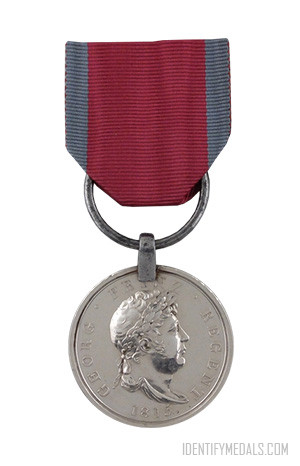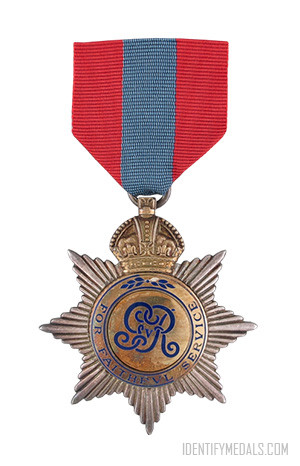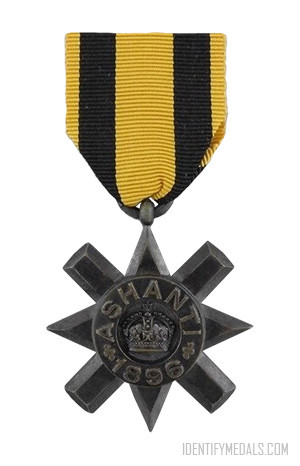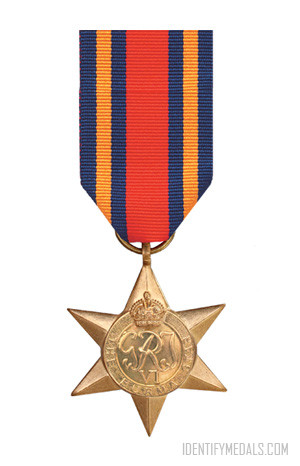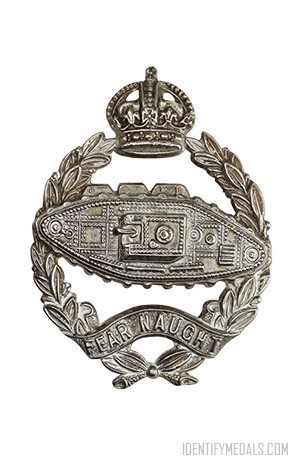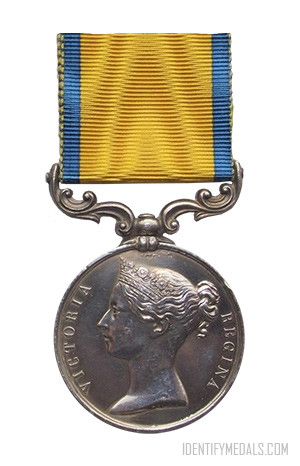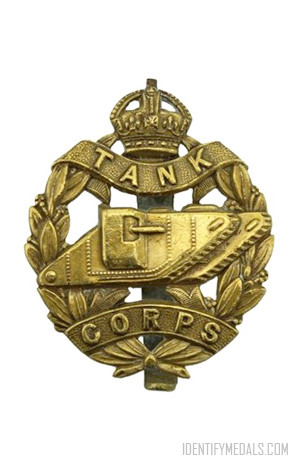- Time Period: Interwars Period
- Year of Institution: 1918
- Country: Great Britain, Australia
The General Service Medal (also known as 1918 GSM) recognizes service in minor Army and Royal Air Force operations for which no separate medal was possible. Local forces such as police qualified for many of the clasps, as could units of the Indian Army prior to 1947.
The General Service Medal was equivalent to the 1915 Naval General Service Medal. Both these medals were replaced by the GSM in 1962.
The General Service Medal 1918 Design
The 1918 General Service Medal is a circular silver medal. The obverse bears the crowned effigy of the reigning monarch. The reverse shows a standing winged figure of Victory in a Corinthian helmet and carrying a trident, also bestowing a wreath on the emblems of the Army (the sword) and the RAF (the wings).
A bronze oak leaf emblem is worn on the ribbon of the medal to signify a mention in dispatches for a campaign for which the General Service Medal was awarded.
Eighteen clasps were approved for the 1918 General Service Medal. They consist of small metal bars into which the name of the relevant campaign or theatre of operations was molded. The clasps were: South Persia, Kurdistan, Iraq, NW Persia, Southern Desert Iraq, North Kurdistan, Palestine, S.E. Asia 1945–46, Bomb and Mine Clearance 1945–49 and 1949-56, Palestine 1945–48, Berlin Airlift, Malaya, Canal Zone, Cyprus, Near East, Arabian Peninsula and Bruinei.
The 1918 General Service Medal was never awarded without a clasp.

